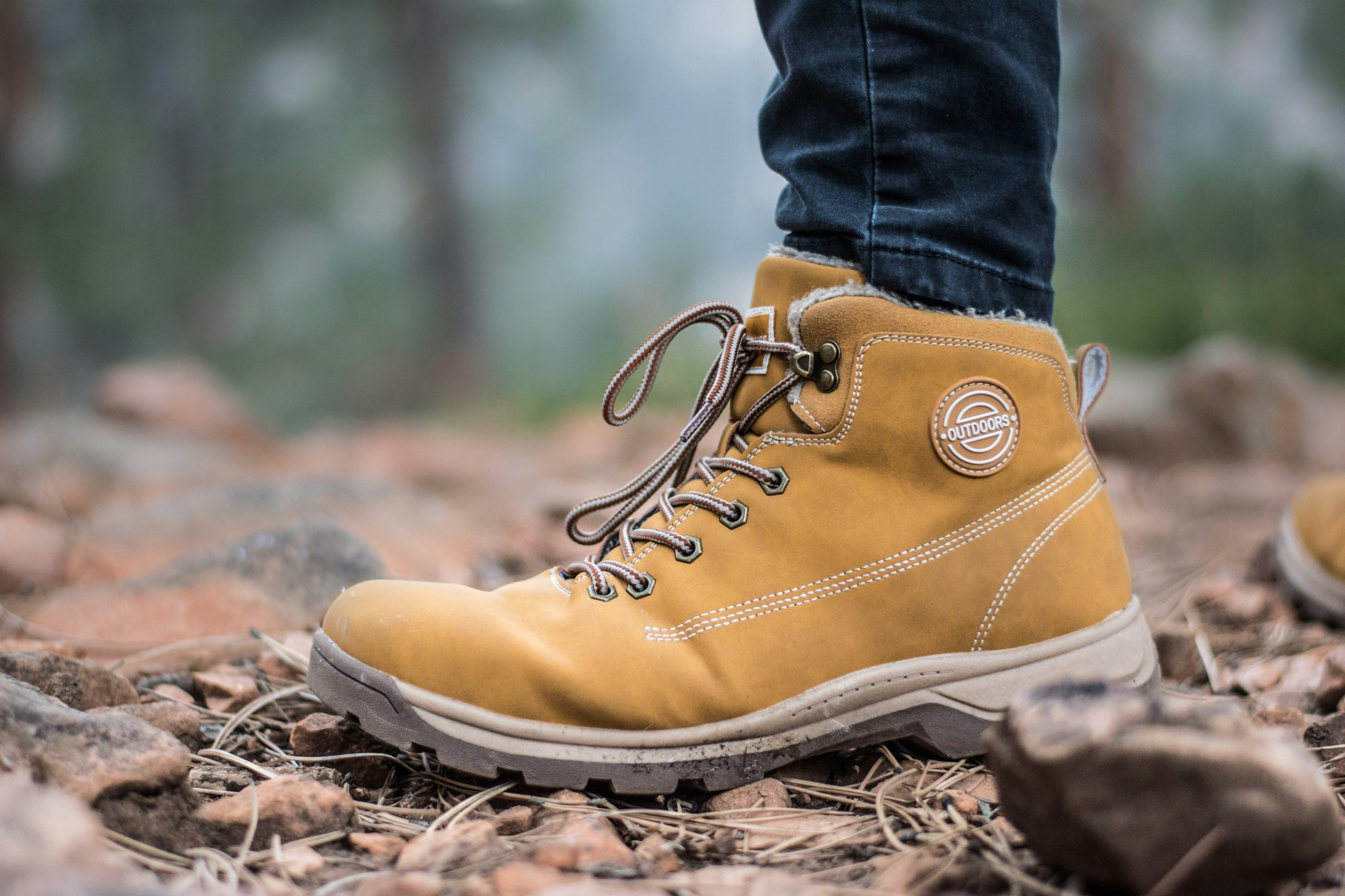Shoe Archaeology: Replicating Historical Footwear for Modern Wear
Have you ever found yourself admiring a pair of shoes from a historical period and wishing you could wear them in the present? Thanks to the fascinating concept of Shoe Archaeology, that is now a possibility. This practice involves studying and replicating footwear from the past, making it available for modern wear. Not only is this a unique and innovative approach to fashion, but it also brings a touch of history and culture to our everyday lives. Are you intrigued to learn more about this fascinating concept? Let’s dive into the world of Shoe Archaeology: Replicating Historical Footwear for Modern Wear.
The Origins of Shoe Archaeology
The idea of replicating historical footwear dates back to the 1960s, when the first archaeological finds of ancient shoes were discovered. As archaeologists began to uncover more and more ancient shoes, a new idea emerged – recreating these footwear masterpieces for contemporary wear. What had once been a niche practice has now become a globally recognized and highly sought-after concept. From ancient Egyptian sandals to medieval boots, the possibilities are endless when it comes to Shoe Archaeology.
The Process of Replicating Historical Footwear
Shoe Archaeologists begin their process by studying the structure, materials, and design of the original footwear. This involves extensive research and collaboration with historians and experts in the related fields. Once the information is gathered, the team moves on to creating a pattern, which acts as the blueprint for the replica.
The Materials
The choice of materials is a crucial step in replicating historical footwear. Not only does the material need to be authentic to the period, but it also needs to be durable and comfortable for modern wear. Shoe Archaeologists use a combination of traditional and modern techniques in creating the final product. The aim is to achieve an accurate replica that can be worn without causing discomfort to the wearer.
The Design
The design of the replica plays a significant role in bringing the historical footwear to modern times. Shoe Archaeologists carefully study the original design, paying attention to details such as stitching, shape, and color. They aim to recreate the exact look of the shoe while also making it suitable for contemporary wear.
The Impact of Shoe Archaeology on Fashion and Culture
The world of fashion is ever-evolving and looking for inspiration from various sources. Shoe Archaeology provides a unique opportunity to incorporate elements of the past into modern fashion. It allows individuals to add a touch of history and culture to their wardrobe, making a statement that goes beyond just style. It also provides a platform for preserving ancient traditions and techniques, promoting cultural awareness and appreciation.
The Rise of Sustainable Fashion
Sustainability has become a significant trend in the fashion industry, and Shoe Archaeology is at the forefront of promoting this concept. By replicating historical footwear, the practice reduces the need for modern production and its impact on the environment. Additionally, by using traditional techniques and materials, it supports local artisans and encourages the preservation of traditional crafts.
Cultural Exchange and Education
Shoe Archaeology is not just about replicating footwear; it also involves extensive research and collaboration with experts from various fields, including historians, anthropologists, and artisans. This results in a cultural exchange of knowledge and ideas. It also provides a platform for educating the public about the history, traditions, and craftsmanship of different cultures.
The Future of Shoe Archaeology
The practice of Shoe Archaeology is becoming increasingly popular, and it shows no signs of slowing down. With the rise of sustainable fashion and the ever-growing interest in historical fashion, the demand for replicas is only going to increase. Shoe Archaeology also has the potential for further research and innovation, with the possibility of replicating more complex and intricate designs from various time periods.
In conclusion, Shoe Archaeology is a fascinating way to bring history to life and incorporate it into our modern lives. Its impact on fashion, culture, and sustainability makes it a valuable practice, which is here to stay. So next time, when you see a pair of sandals from ancient Egypt on the runway or a pair of medieval boots on the streets, remember that it all started with the concept of Shoe Archaeology: Replicating Historical Footwear for Modern Wear.








